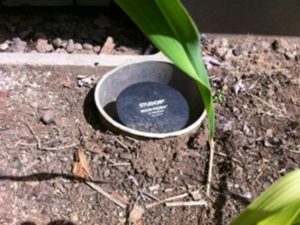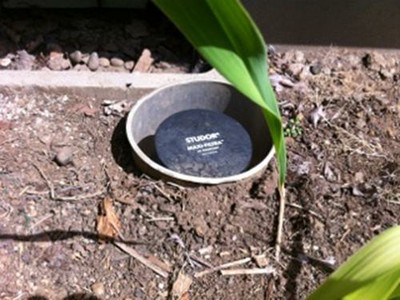Plumbing Air Admittance Valves at FutureFit Home
Case Study: Published | Updated: | | Oregon, Portland | 6678- Category
- category_listing(s)
- Building Type
- Residential
- Innovation
- Air Admittance Valves
- Jurisdiction
- Oregon, Portland
- Parcel
- 6678
- Officials
- Team
-
Tad Everhart
|
owner
Pat O’Neal | Other
Ferguson | Other

We reduced air leakage and thermal bridges by replacing our through-roof plumbing waste piping vent system with a combination of air admittance valves (AAV) and a two-way, filtered outdoor valve. Oregon’s plumbing code recognized AAVs, but restricted their use to 3 per house and required one through-roof vent. On appeal, the City of Portland allowed us to install AAVs according to manufacturer’s guidelines so we could eliminate all through-roof vents, using the “alternate materials and methods” provision through its Alternative Technology Advisory Committee (ATAC) process.
We obtained approval of our plumbing vent system as an alternative material by showing the ATAC that it was safe and environmentally superior. There were two steps in the process. First, the ATAC committee heard our testimony, reviewed our evidence, and recommended to the Portland Building Department that our technology be approved. Second, the building official granted our appeal and permitted us to install our AAV/Maxi-Filtra venting system. The entire approval process took just over two months. We submitted our written application and the required $150 fee to the ATAC. Within a month ATAC held a hearing on our application and allowed our in-person testimony. Within two weeks, ATAC recommended approval of our system, and and posted the written recommendation on its website. We then submitted a building code appeal and the required $100 fee, and within one week, the City of Portland informed us that our appeal was granted and posted the appeal summary on its website.
| Code Requirement | Compliance Path |
|---|---|
| 2008 Oregon Plumbing Specialty Code (OPSC) sections 905.4 and 906.0. All vent pipes shall extend above and terminate above the roof. | City of Portland building code appeal based on ATAC’s recommendation; administrative ruling by City staff, followed by written, online approval. |
| 2005 ORSC section R104.11 allows alternative materials, design and methods of construction and equipment when the material or work offered is equivalent | We applied to the Alternative Technology Advisory Committee (ATAC) and testified in person. ATAC recommended approval of code appeal to the City. |
